
Gibbon
What is the animal Gibbon known for?
Example of the color palette for the image of Gibbon

See these colors in NCS, PANTONE, RAL palettes...
Where does the Gibbon live?
Gibbons are a group of primates that belong to the family Hylobatidae.
They are also known as lesser apes, because they are smaller than the great apes, such as chimpanzees, gorillas, orangutans and humans.
Gibbons have long arms, which they use to swing from branch to branch in the forest canopy.
They do not have tails, unlike monkeys.
Gibbons live in Southeast Asia, in countries such as China, Bangladesh, Burma, Laos, Thailand, Vietnam, Malaysia and Indonesia.
They inhabit tropical rainforests and monsoon forests, where they feed mainly on fruits, especially figs.
They also eat leaves and insects occasionally.
Gibbons are monogamous, which means they mate for life, and they live in family groups with their offspring.
Gibbons are endangered due to habitat loss, hunting and illegal pet trade.
They need large areas of forest to survive, but many of their habitats have been destroyed or fragmented by human activities, such as logging, agriculture and mining.
Gibbons are also hunted for their meat, fur and body parts, which are used in traditional medicine.
Some gibbons are captured and sold as pets, but they do not adapt well to captivity and often suffer from stress, disease and malnutrition.
Gibbons are amazing animals that deserve our respect and protection.
They are closely related to us, and they have complex social and vocal behaviors.
They are also important for the ecosystem, as they help disperse seeds and maintain the diversity of the forest.
Gibbons need our help to conserve their habitats and prevent their extinction.
Example of the color palette for the image of Gibbon
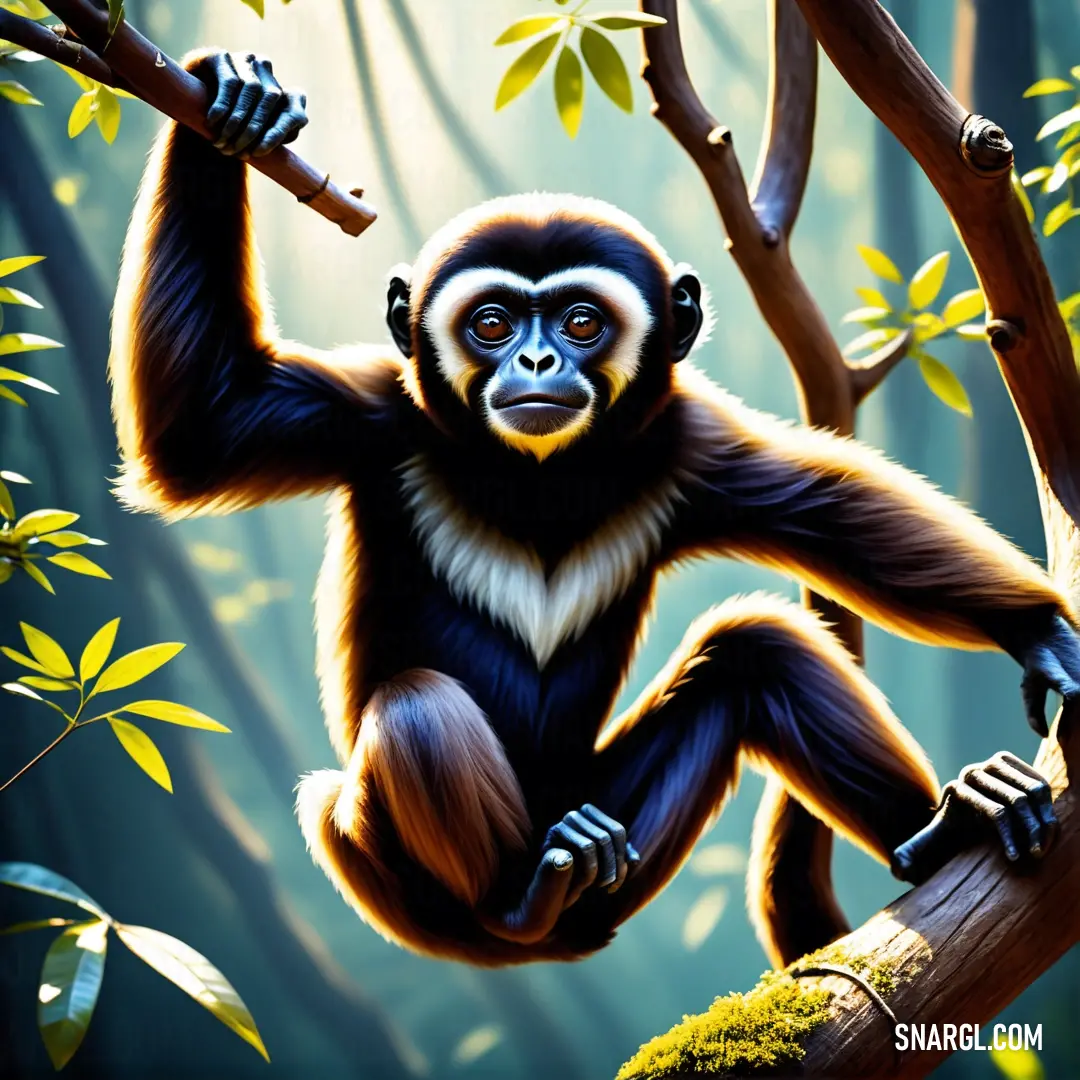
See these colors in NCS, PANTONE, RAL palettes...
What does the Gibbon look like?
A gibbon is a type of ape that lives in subtropical and tropical rainforests of Asia.
Gibbons are smaller than the great apes, such as gorillas and orangutans, and have no tails.
They have long arms and legs that help them swing from branch to branch, a mode of locomotion called brachiation.
Gibbons can also leap up to 8 meters and walk on two legs with their arms raised for balance.
They are very fast and agile in the trees.
Gibbons have fur that can vary in color from black to white, with different shades of brown in between.
Some species have distinctive markings on their faces, chests, or cheeks.
Gibbons also have a large throat sac that they use to produce loud and complex vocalizations, which are important for communication and territorial defense.
Gibbons often sing in duets with their mates, as they form long-term pair bonds.
Gibbons are divided into four genera and 20 species, each with its own characteristics and distribution.
Some of the most well-known species are the siamang, the largest and darkest gibbon, the hoolock, the only gibbon found in India, the yellow-cheeked gibbon, named for its bright facial patch, and the pileated gibbon, which has a prominent crest of hair on its head.
Gibbons are endangered animals, as they face threats from habitat loss, hunting, and illegal pet trade.
They are also affected by diseases and climate change.
Conservation efforts are needed to protect these amazing and unique primates.
Example of the color palette for the image of Gibbon
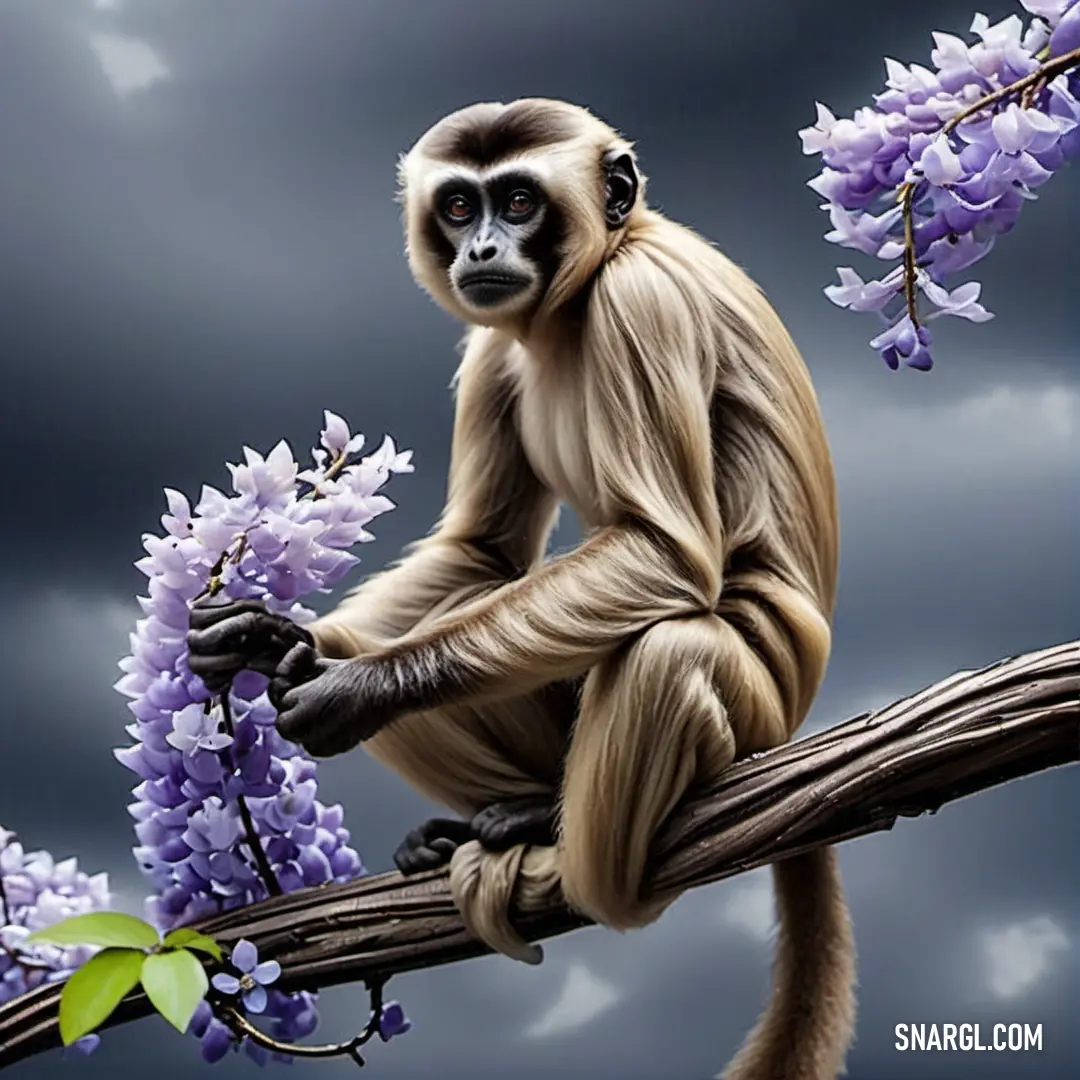
See these colors in NCS, PANTONE, RAL palettes...

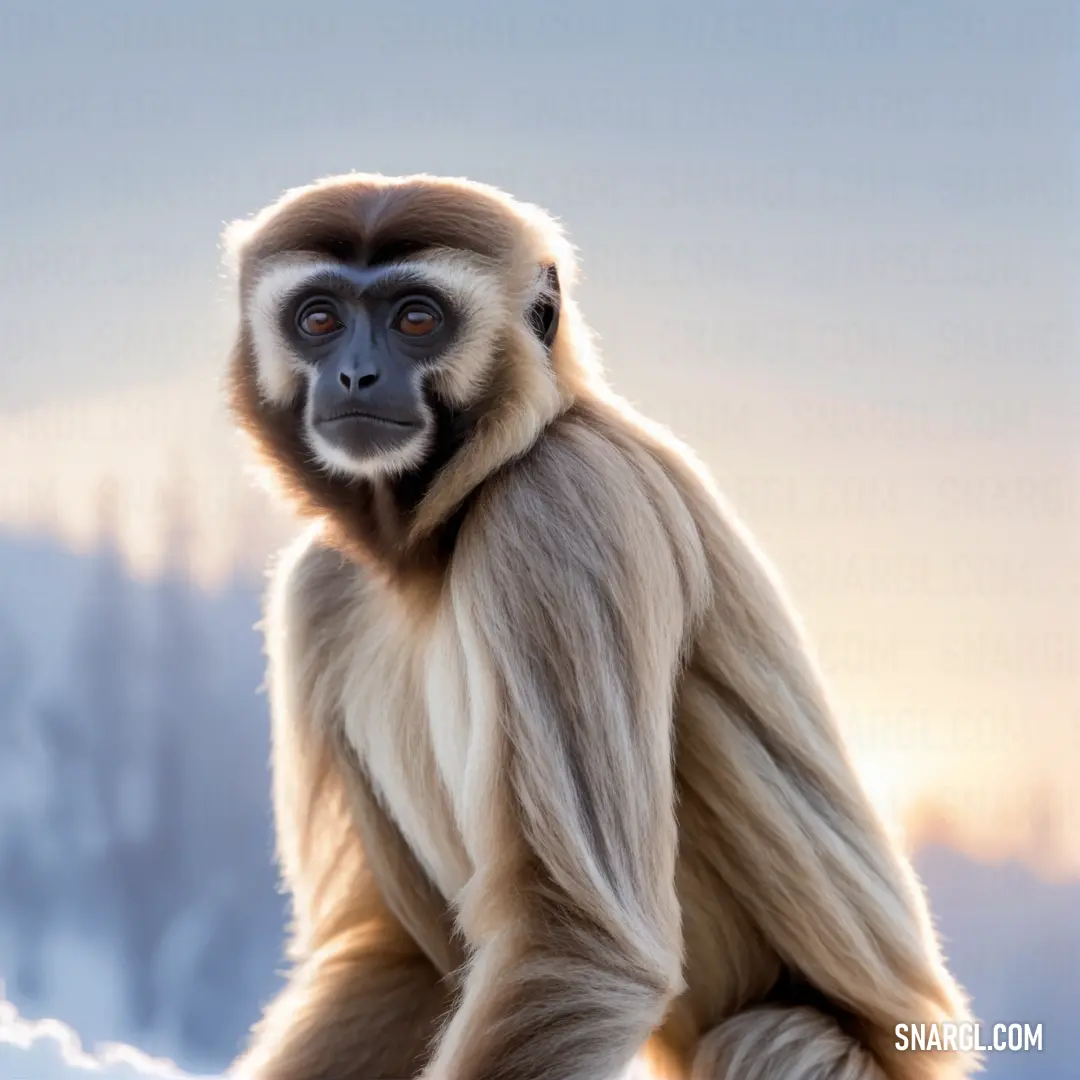

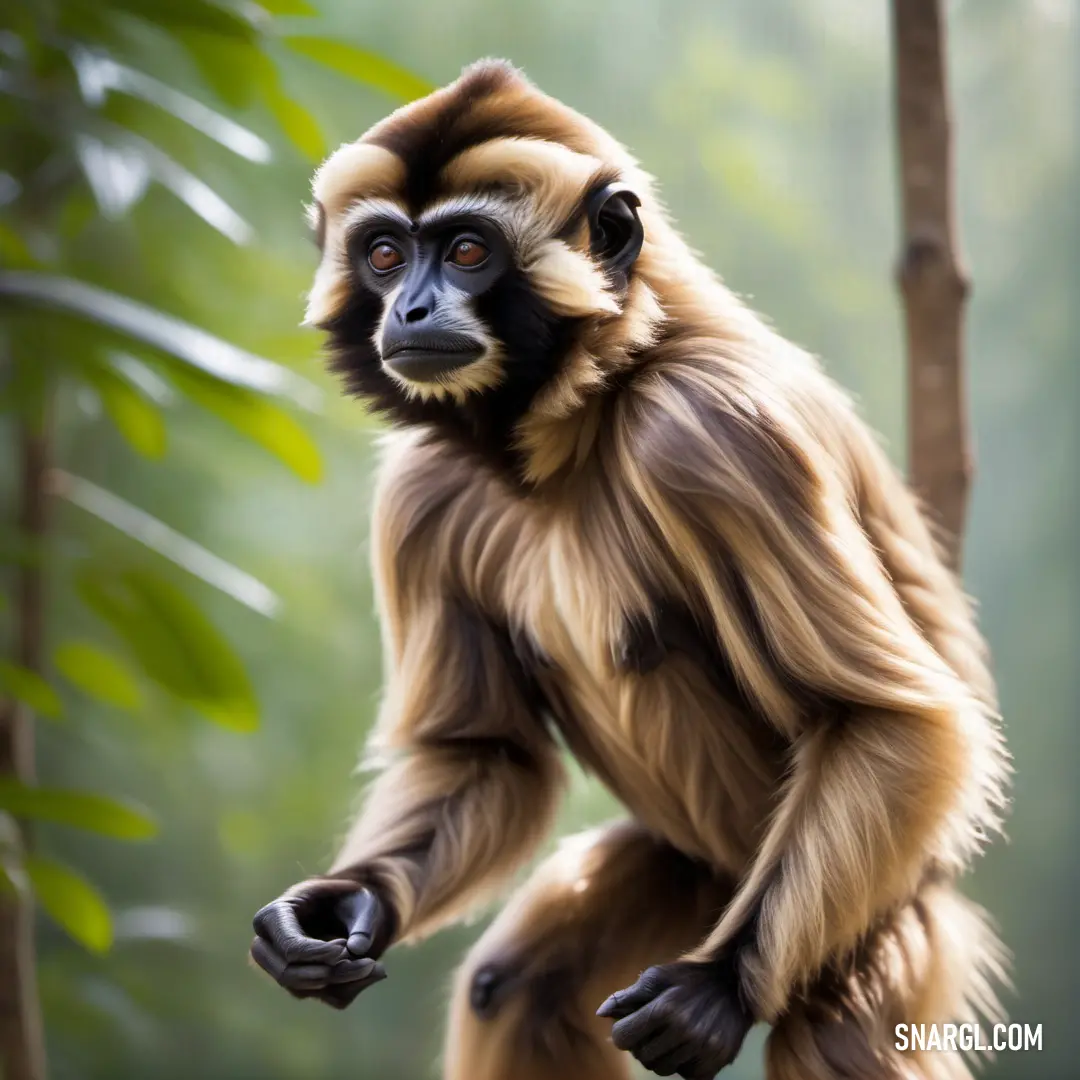

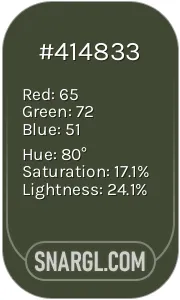 Rifle green
Rifle green Shadow
Shadow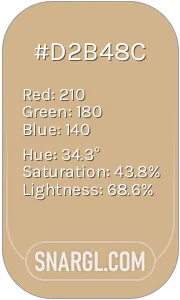 Tan
Tan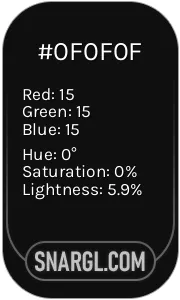 Onyx
Onyx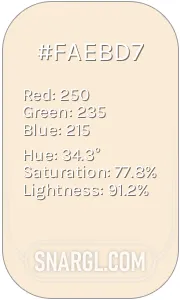 Antique White
Antique White
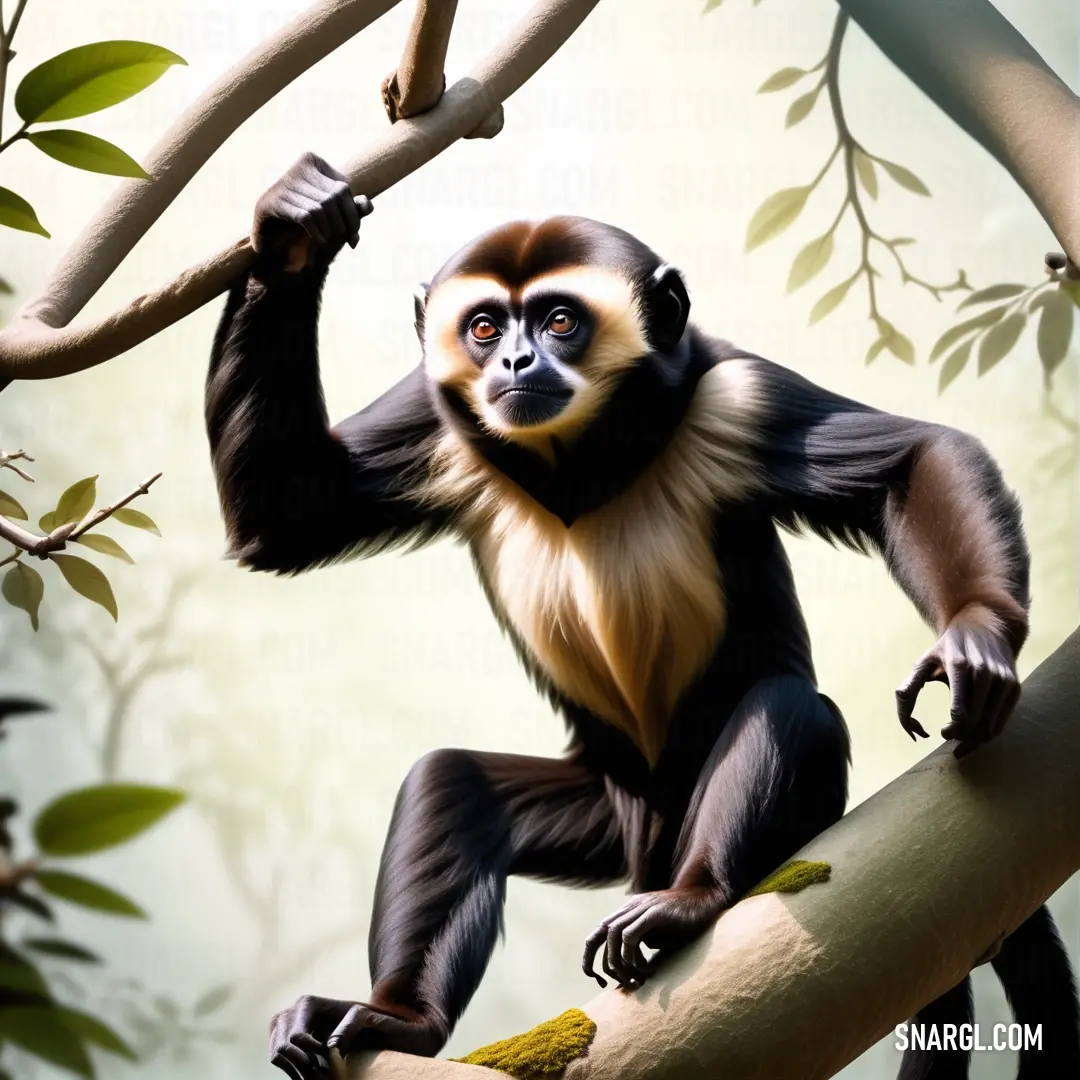
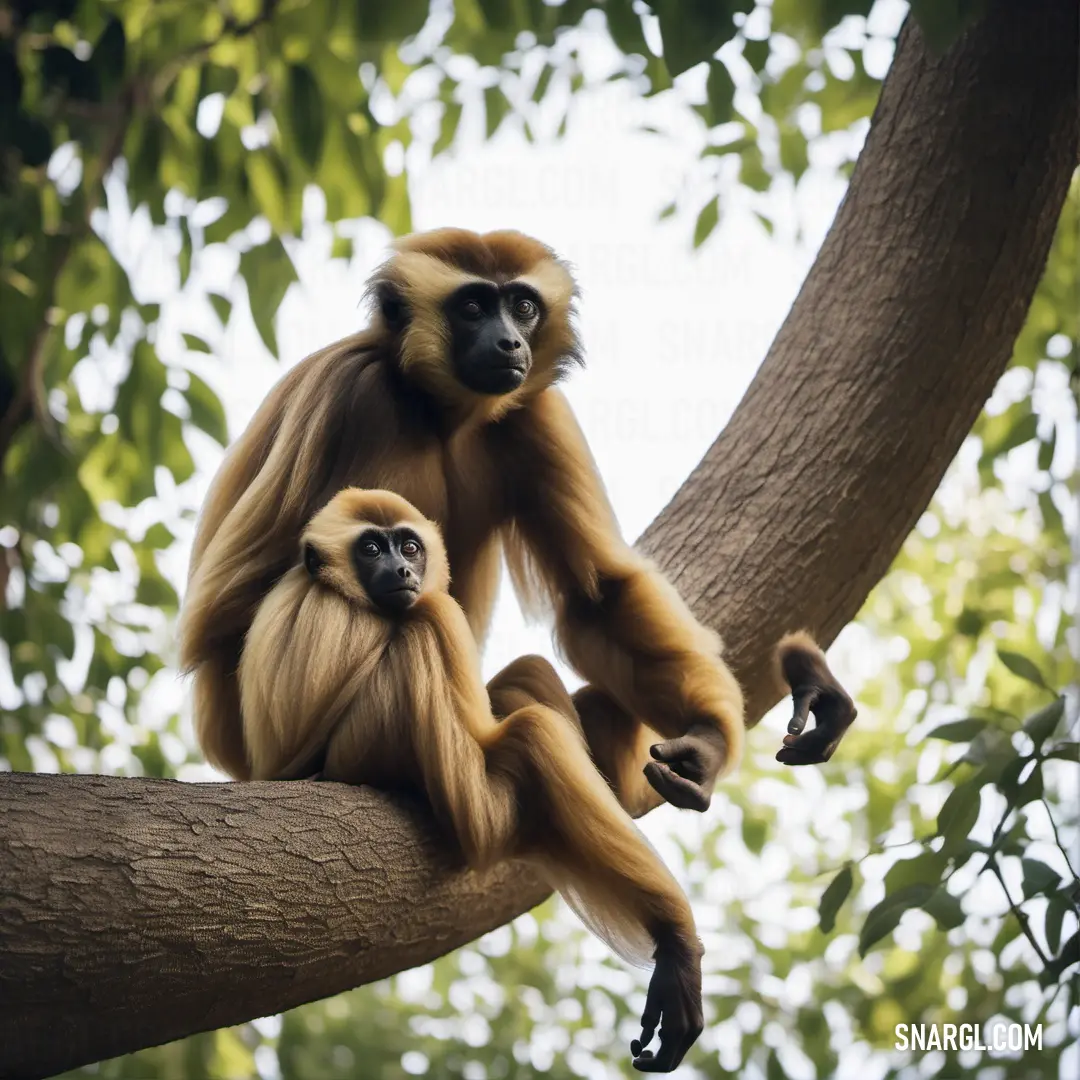
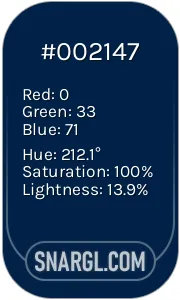 Oxford Blue
Oxford Blue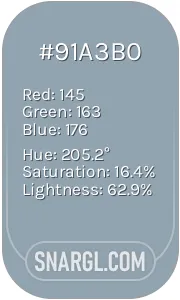 Cadet grey
Cadet grey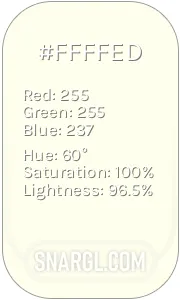 Light yellow
Light yellow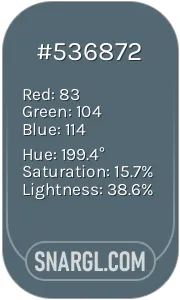 Cadet
Cadet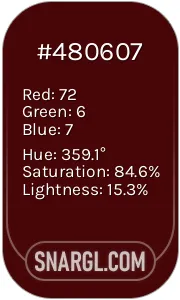 Bulgarian rose
Bulgarian rose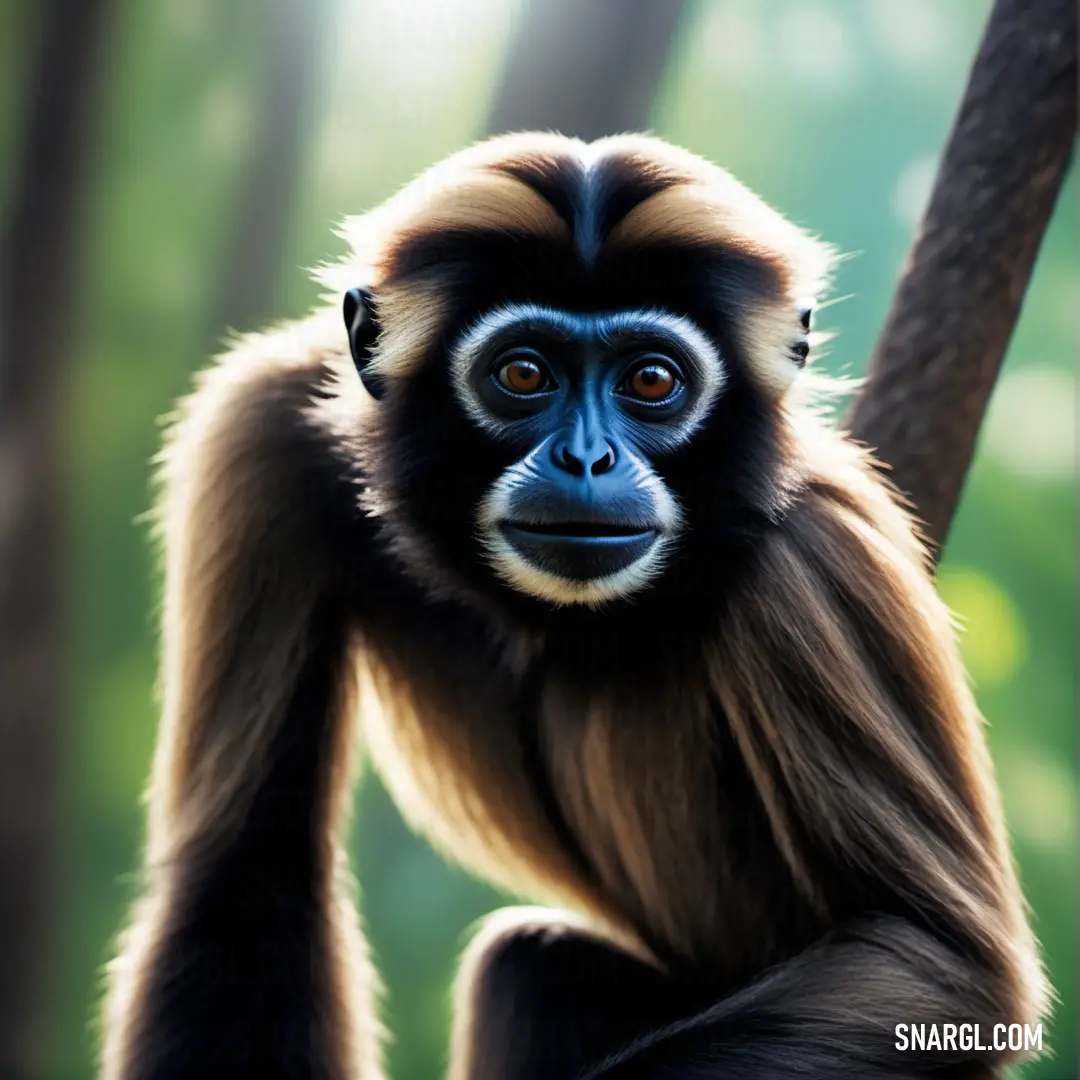
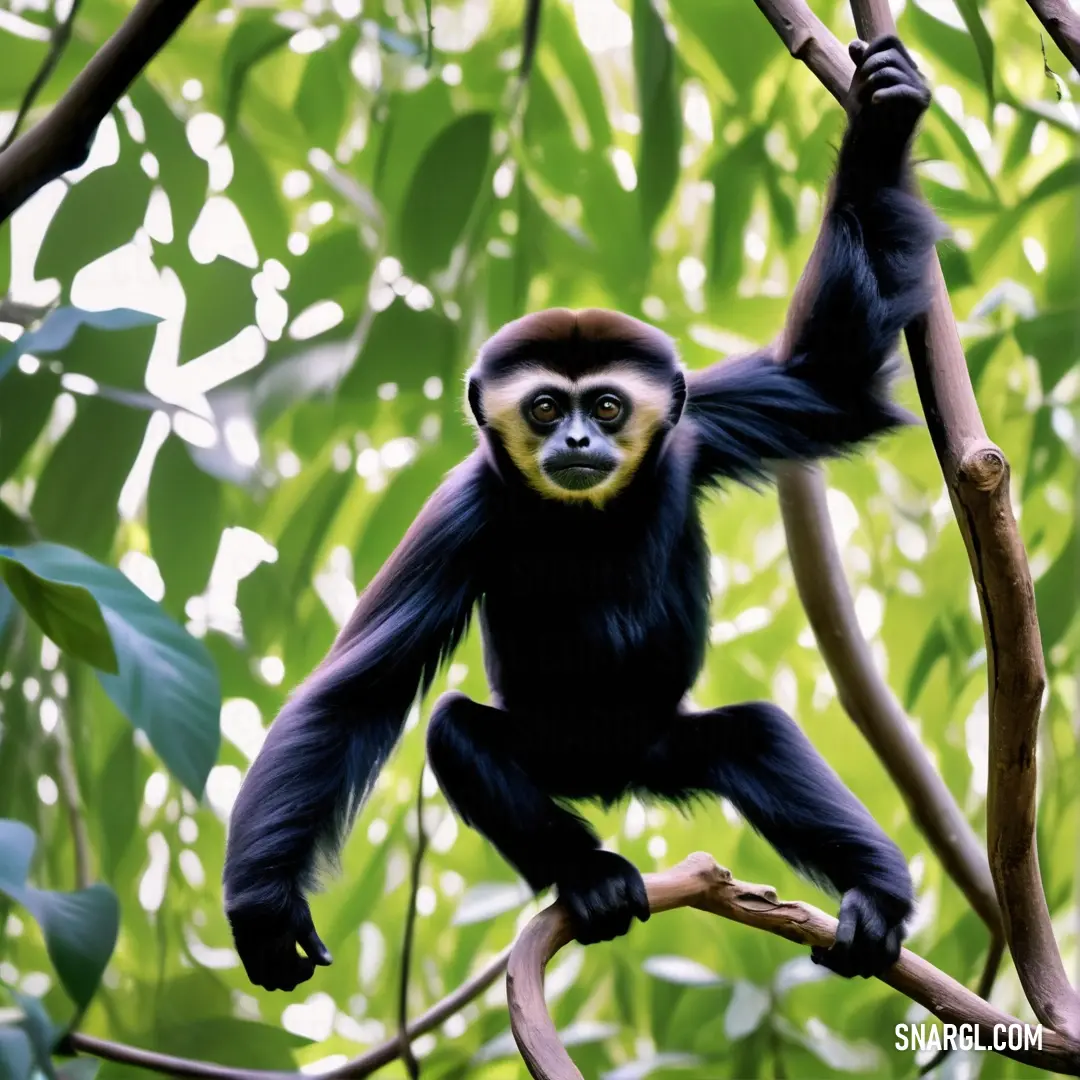

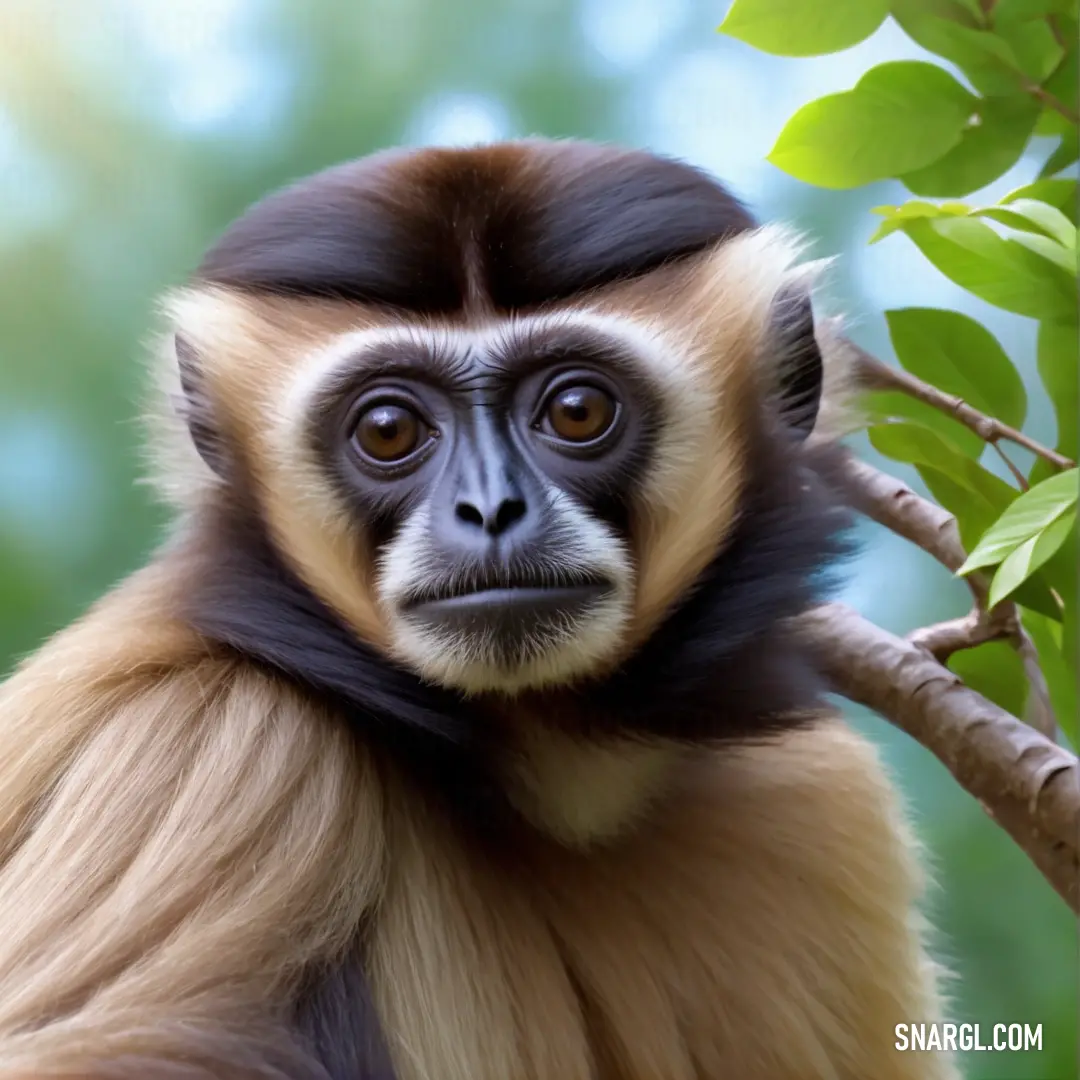
 Liver
Liver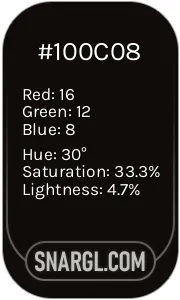 Smoky black
Smoky black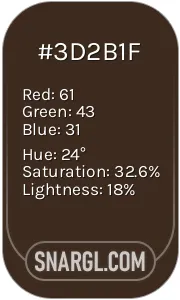 Bistre
Bistre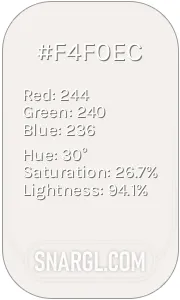 Isabelline
Isabelline






